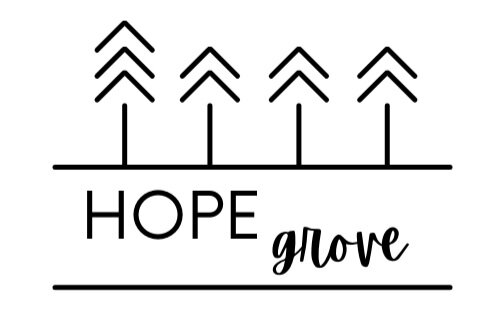Mixed-age Play: Importance and Benefits
When I was in elementary school, I was in a classroom called the “multi-age” class. The kids in this class included first through third graders. As a first grader, I had the opportunity to develop in more advanced ways by learning concepts and skills from the older kids in the classroom. As a second and third grader, I had opportunities to develop leadership skills and empathy for others.
As I reflect on the experience and everything I learned while in that “multi-age” classroom, I value that time and now understand the importance of being with and learning with others who are different.
Mixed-age Play at HOPE Grove
Did you know that many benefits can come from playing with children of different ages and abilities? At HOPE Grove, we believe that advances in development, learning, and play occur when children engage in these experiences. We encourage this mixed-age play and support it through the different groups offered at HOPE. In the BAREFOOT Babes groups, there are children ranging from birth to 3 years old, and in the HOPE Creators and GROVE Friends groups, there are children ranging from 4 to 12 years old.
Importance & Benefits
Do you remember going outside to play with the neighborhood kids and coming home when the house light or street lights turned on? I remember that. I remember playing with kids who were older than me and kids who were younger than me. I remember playing games, running around, exploring, challenging myself, and learning from the older kids. Why is it that kids today do not get to go outside and experience play and learning with other kids as often? How did we let our lives get so busy that we do not allow our kids to engage in the ever-important occupation of play? Play is vital for children’s development, especially mixed-age play.
Children are exposed to numerous benefits when they engage in mixed-age play. Children will experience development in their social, motor, and emotional functions. The mixed-age play can look like older kids teaching younger kids how to play a game or teaching the younger kids a new skill such as climbing a tree or slide.
A younger child might learn how to crawl, pull on objects to stand up, cruise on furniture/objects, communicate, and learn social cues after engaging in mixed-age play with other children. After seeing an older child complete a skill or movement, a younger child might become more motivated to try new things. On the other hand, an older child might develop leadership skills while teaching a younger kid how to play a game or a new skill. An older child might learn how to care for others with empathy, kindness, compassion, and encouragement while teaching and demonstrating skills or games to the younger children. Additionally, the older children might improve their problem-solving skills when leading play activities with the younger children.
Final Thoughts
We want to encourage you to create more opportunities for your child to engage in play and spend time with children of different ages and abilities. Providing these opportunities for your littles is essential, and so many benefits for all aged children can come from these experiences.
Ideas for parents:
Encourage play and interactions between your child and their siblings.
Group playdates with kids of differing ages and abilities.
Visit parks and encourage your kids to interact and play with other children there at the park.
Enroll your child in groups/clubs with mixed-age groups, such as HOPE Grove groups.
~Angela & Kristin






